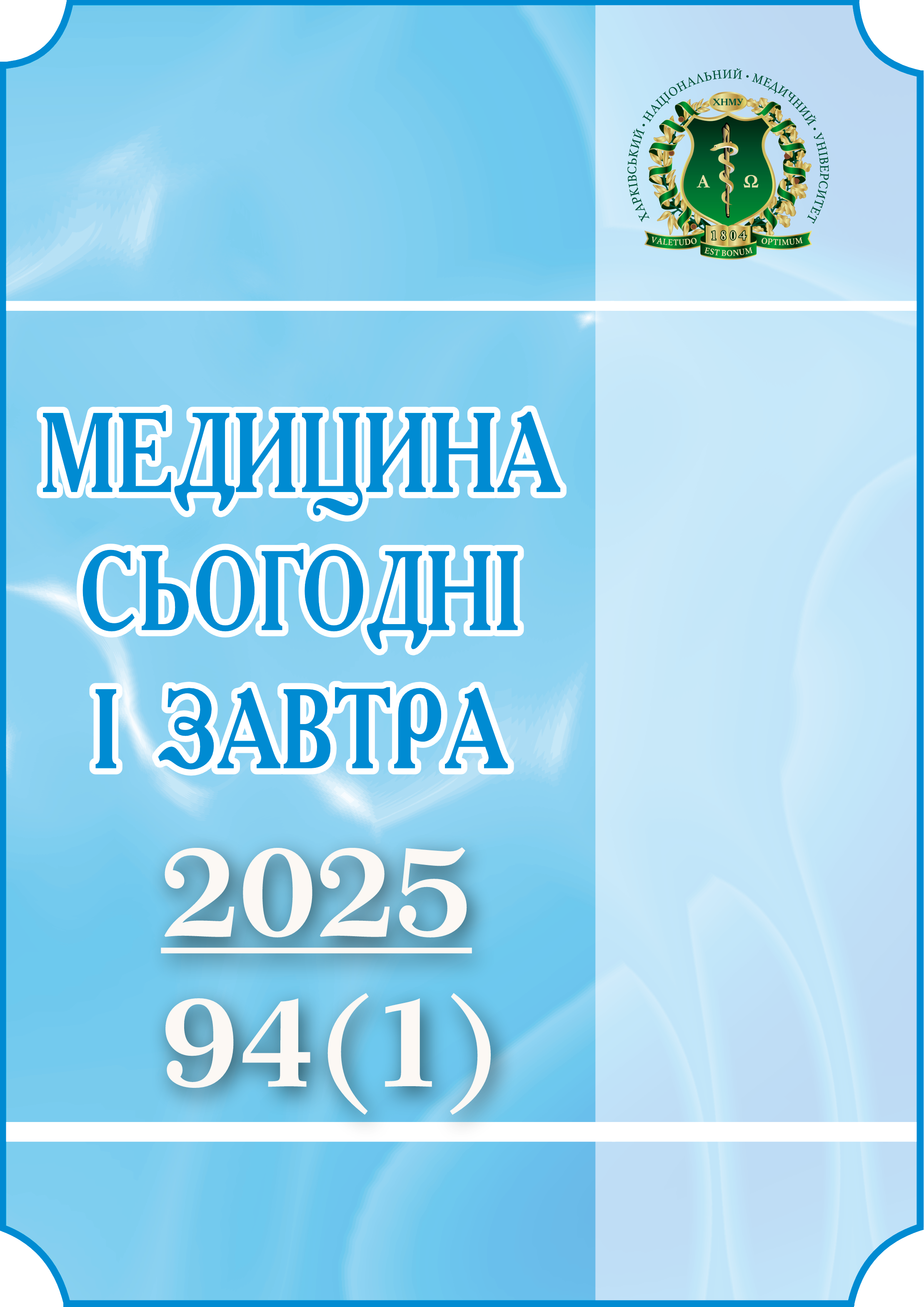Abstract
Today, there are many methods of obtaining impressions of the prosthetic bed, which allows for high accuracy and dimensional stability of modern impression materials. The choice of material often depends on the doctor's preferences, ease of use, and economic aspects. However, with the development of technologies for the manufacture of fixed prostheses, the requirements for the quality of impressions have increased, because modern CAD/CAM (Computer-Aided Design/Computer-Aided Manufacturing) systems provide the manufacture of artificial crowns with an edge fit of up to 20 microns. To achieve such a result, it is important to obtain a high-quality impression that accurately conveys information about the dimensions of the prosthetic bed. Today, even minor errors in impressions can be of significant clinical importance. Objective. To conduct a comparative assessment of the physical and mechanical properties of the improved A-silicone impression material in comparison with foreign analogues. Together with the accredited laboratory of JSC (Joint-Stock Company) Stoma in Kharkiv, the formulation of the domestic A-silicone impression material was improved and its comparative evaluation with analogues accredited in Ukraine was carried out. For the study, 80 samples (40 – from high viscosity materials (type I) and 40 – from low viscosity materials (type III) were produced to determine physical and mechanical properties, such as spatial stability, consistency, hardness, fluidity, strength, and toughness, in accordance with ISO (International Organization for Standardization) 4823. The measurement results are presented in the format M±m, where M is the mean value, m is the standard error of the mean (SEM). Statistical processing was carried out using parametric tests (Student's t-test and one-factor analysis of variance ANOVA) with subsequent comparison of group pairs using the Tukey post-hoc test. The level of statistical significance was set at p≤0.05. The materials used included an advanced a-silicone impression material with decoration properties A-silicone impression material with decorative properties and other variants from Ukraine.
Keywords: physical and mechanical properties, decontamination, impressions, international standards, denture designs.
References
Nordenram G, Davidson T, Gynther G, Helgesson G, Hultin M, Jemt T, et al. Qualitative studies of patients' perceptions of loss of teeth, the edentulous state and prosthetic rehabilitation: a systematic review with meta-synthesis. Acta Odontol Scand. 2013;71(3-4):937-51. DOI: 10.3109/00016357.2012.734421. PMID: 23101439.
Rao S, Chowdhary R, Mahoorkar S. A systematic review of impression technique for conventional complete denture. J Indian Prosthodont Soc. 2010;10(2):105-11. DOI: 10.1007/s13191-010-0020-2. PMID: 21629453.
Re D, De Angelis F, Augusti G, Augusti D, Caputi S, D'Amario M, D'Arcangelo C. Mechanical Properties of Elastomeric Impression Materials: An In Vitro Comparison. Int J Dent. 2015;2015:428286. DOI: 10.1155/2015/428286. PMID: 26693227.
Chee WW, Donovan TE. Polyvinyl siloxane impression materials: a review of properties and techniques. J Prosthet Dent. 1992;68(5):728-32. DOI: 10.1016/0022-3913(92)90192-d. PMID: 1432791.
ISO 4823:2021. Dentistry – Elastomeric impression and bite registration materials. 2021. International Organization for Standardization [Internet]. Available at: https://www.iso.org/standard/73328.html [accessed 31 Mar 2025].
Chai J, Takahashi Y, Lautenschlager EP. Clinically relevant mechanical properties of elastomeric impression materials. Int J Prosthodont. 1998;11(3):219-23. PMID: 9728115.
Rubel BS. Impression materials: a comparative review of impression materials most commonly used in restorative dentistry. Dent Clin North Am. 2007;51(3):629-42, vi. DOI: 10.1016/j.cden.2007.03.006. PMID: 17586147.
Shetty RM, Bhandari GR, Mehta D. Vinyl Polysiloxane Ether: A Breakthrough in Elastomeric Impression Material. World J Dent. 2014;5(2):134-7. DOI: 10.5005/jp-journals-10015-1274.
Tabesh M, Alikhasi M, Siadat H. A comparison of implant impression precision: Different materials and techniques. J Clin Exp Dent 2018;10(2):e151-7. DOI: 10.4317/jced.54457. PMID: 29670733.
Nassar U, Flores Mir C, Heo G, Torrealba Y. The effect of prolonged storage and disinfection on the dimensional stability of 5 vinyl polyether silicone impression materials. J Adv Prosthodont. 2017;9(3):182-7. DOI: 10.4047/jap.2017.9.3.182. PMID: 28680549.
Pandey P, Mantri S, Bhasin A, Deogade SC. Mechanical properties of a new vinyl polyether silicone in comparison to vinyl polysiloxane and polyether elastomeric impression materials. Contemp Clin Dent. 2019;10(2):203-7. DOI: 10.4103/ccd.ccd_324_18. PMID: 32308278.
Rathee S, Eswaran B, Eswaran M, Prabhu R, Geetha K, Krishna G, Jagadeshwari. A Comparison of Dimensional Accuracy of Addition Silicone of Different Consistencies with Two Different Spacer Designs - In-vitro Study. J Clin Diagn Res. 2014;8(7):ZC38-41. DOI: 10.7860/JCDR/2014/9139.4585. PMID: 25177635.
Hiremath V, Vinayakumar G, Ragher M, Rayannavar S, Bembalagi M, Ashwini BL. An Evaluation of the Effect of Various Gloves on Polymerization Inhibition of Elastomeric Impression Materials: An In vitro Study. J Pharm Bioallied Sci. 2017;9(Suppl_1):S132-7. DOI: 10.4103/jpbs.JPBS_122_17. PMID: 29284952.
Mehta S, Virani H, Memon S, Nirmal N. A Comparative Evaluation of Efficacy of Gingival Retraction Using Polyvinyl Siloxane Foam Retraction System, Vinyl Polysiloxane Paste Retraction System, and Copper Wire Reinforced Retraction Cord in Endodontically Treated Teeth: An in vivo Study. Contemp Clin Dent. 2019;10(3):428-432. DOI: 10.4103/ccd.ccd_708_18. PMID: 32308315.
Aivatzidou K, Kamalakidis SN, Emmanouil I, Michalakis K, Pissiotis AL. Comparative Study of Dimensional Stability and Detail Reproduction of Reformulated and Nonreformulated Elastomeric Impression Materials. J Prosthodont. 2021;30(4):345-50. DOI: 10.1111/jopr.13248. PMID: 32875682.

This work is licensed under a Creative Commons Attribution-NonCommercial-ShareAlike 4.0 International License.

